The Board and Communities
WIPG was founded by First Nation leaders from Alberta and British Columbia with the purpose of establishing a collaborative economic participation framework that leads with the best interests of Indigenous communities. Our focus is on understanding the needs and interests of our communities on a nation-to-nation basis. We’ve been engaging extensively with the Indigenous communities impacted by the pipeline to make sure the interests of our communities are understood and incorporated as we move forward.
We are the leading Indigenous-owned entity that is supported by the legal rights and title holders on the Trans Mountain pipeline route. As the Chiefs and community leaders of these traditional territories along the pipeline route, we are proud to ensure the ongoing protection of our land and water, and to provide new economic opportunities for our people and children.

Chairman and VP Finance
Chief David Jimmie
Chief Jimmie currently serves as Chief & CEO of Squiala First Nation located in Chilliwack, B.C. He is the President of Sto:lo Nation, representing 9 Sto:lo communities; and President of the Ts’elxweyeqw Tribe, representing seven communities. He is the former co-chair alongside the National Chief for the National Chief’s Committee on Fiscal Relations and currently sits on the Chilliwack Hospital Foundation Board and the Sts'ailes Economic Development Board.
David also owns and operates DJimmie Construction (DJC), which has built 224 homes and 175 apartment units in Chilliwack and Westbank, B.C. DJC is currently building a 330-unit townhome development in Chilliwack B.C. and 103-townhome development in Westbank B.C.
Squiala First Nation
As of today, Squiala First Nation has over 200 members. All members can be traced to Sam and Theresa Jimmie. Together, they had 7 sons and Squiala membership is made up of the descendants from the seven brothers.
Squiala is a member of the Ts’elxweyeqw Tribe which is a member of the greater Sto:lo – People of the River. Squiala is also a member of Sto:lo Nation which is the political amalgamation of 9 Sto:lo communities.
The Ts’elxwéyeqw are the First People of the Chilliwack River Watershed in the Central Fraser Valley of southwestern British Columbia. Our tribal name, ‘Ts’elxwéyeqw’ is commonly known in English as ‘Chilliwack’. We are one of the tribes of the Stó:lō (Stah-lo) – People of the River – as our livelihood was very much connected to the Fraser River. Ts’elxwéyeqw is one of the major river systems of the lower Fraser River Watershed and extends into northwestern Washington State. We are part of the broader Coast Salish collective whose lands surround the Salish Sea of the North American Pacific Northwest. Halq’eméylem is the ‘upriver’ dialect of the Halkomelem language spoken by Ts’elxwéyeqw and our relatives between the Fraser Canyon near Yale, throughout the Lower Fraser Valley around Vancouver, and across the Georgia Strait to southeastern Vancouver Island around Nanaimo.
For more information, please visit www.squiala.com

CEO and Director
Joe Dion
Mr. Dion currently serves as Chairman & CEO of Frog Lake Energy Resources Corp and has over 35 years of experience in the oil and gas industry. He is the former Chief of Kehewin and Grand Chief of Alberta and is the founding Chairman of the Indian Resource Council.
Kehewin Cree Nation
The Kehewin Cree Nation #123 is located approximately 24 kilometers south of Bonnyville, in Northeastern Alberta. The current population for Kehewin Cree Nation is 2104 members as of November 2016.
Kehewin members are mostly Plains Cree people that belong to the Linguistic Group called Algonquin Cree.
The Kehewin Cree Nation government is represented by the Chief and 6 Council members. Kehewin Cree Nation has a “Tribal Council Membership with Tribal Chiefs Ventures Inc and Confederacy of Treaty Six First Nations.”
For more information, please visit www.KehewinCreeNation.com
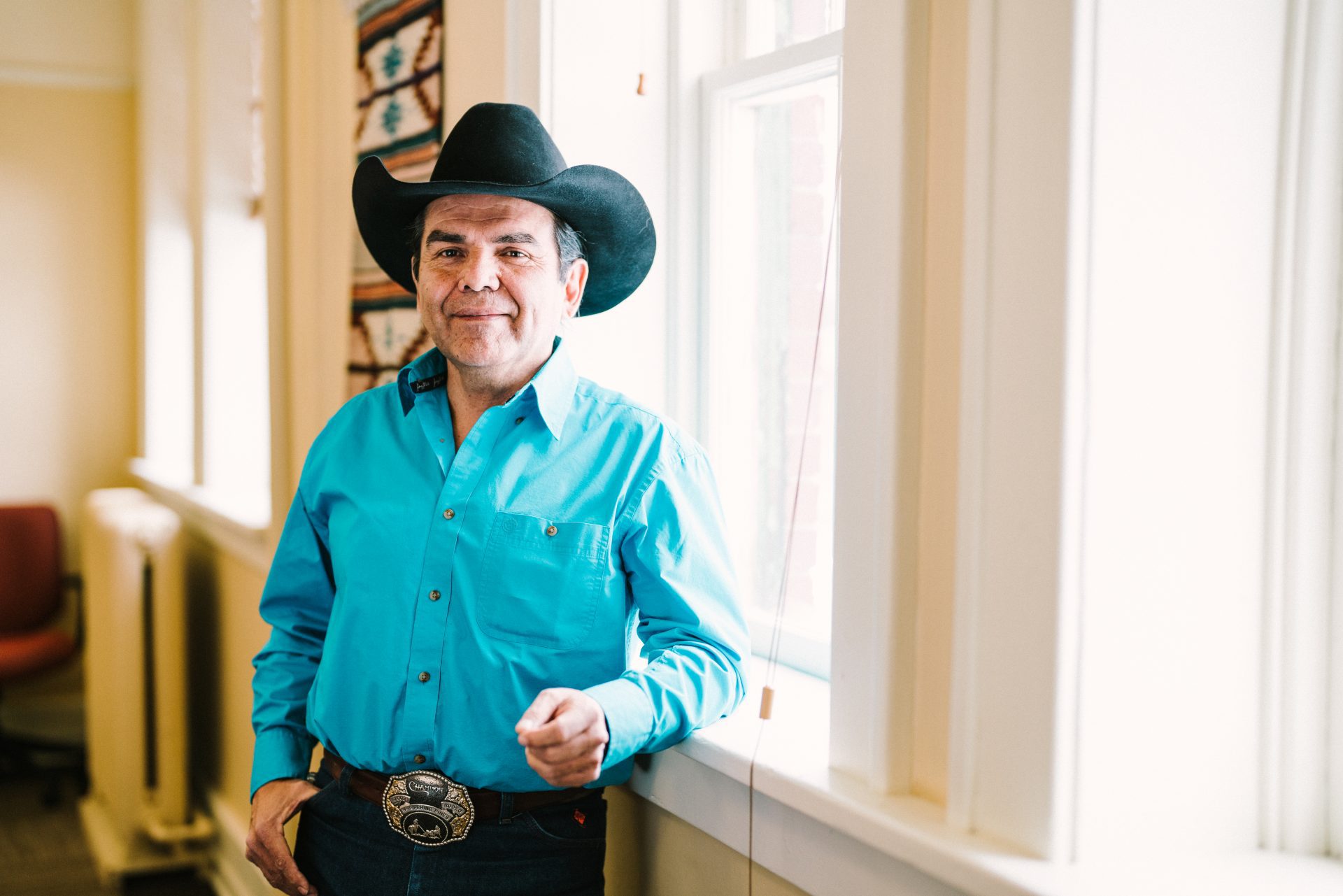
Executive VP and Director
Chief Michael Lebourdais
Chief Lebourdais currently serves as Chief of Whispering Pines/Clinton Indian Band for his fifth consecutive term. He serves as the Chairman at Tulo Centre for Indigenous Economics and is the Director for Cayoose Creek Development Ltd.
Whispering Pines/Clinton Indian Band
The Whispering Pines / Clinton Indian Band is located 35km north of Kamloops, on Westsyde Road. The Band was formerly known as the Clinton Band. The WP/CIB are known as the Pelltiq't People and are part of the Shuswap Nation Tribal Council.
Since time immemorial our ancestors lived in harmony with mother earth. We took from mother what we needed to survive. We cared for and nurtured our lands. We defended our Traditional Territory from outside invaders our Coyote Rock stands as a Sentry Guardian and Protecting our Territory. We thank the creator for all that has been provided for us.
For more information, please visit www.wpcib.com
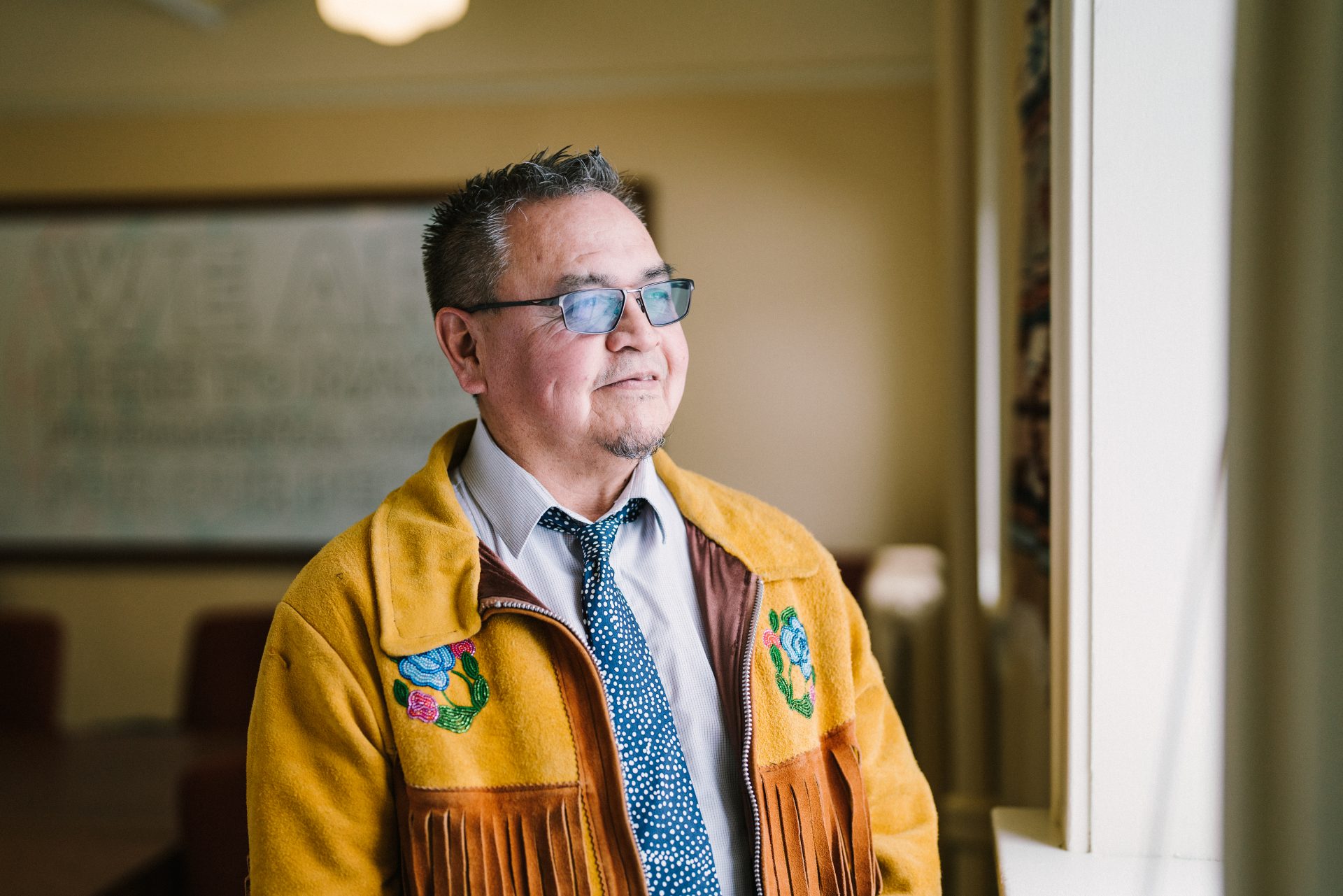
President and Director
Keith Matthew
Mr. Matthew is the former Chief of Simpcw Indigenous Nation, where he served for five years until 2010. He also served as the chief negotiator for his Nation with Kinder Morgan Canada, which delivered Impact Benefit Agreements to his Nation with regards to Trans Mountain.
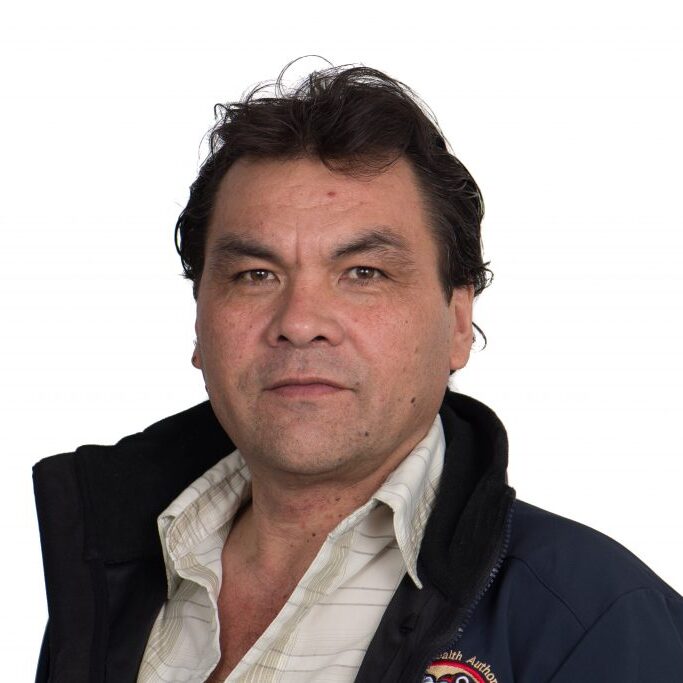
Director
Chief Russell Chipps
Chief Chipps currently serves as Chief of Scia’new (Beecher Bay) First Nation and has held that position for the last 12 consecutive years. Throughout that time, he has been deeply involved in the daily governance of his Nation. He also owns and operates the company Nanny Goat Yard Works. Previously, Chief Chipps worked in management at the Cheanuh Marina and sits on the Spirit Bay Development board, which guides the development of building sustainable development for Beecher Bay and other residents.
Beecher Bay (Scia’new) First Nation
Beecher Bay (SC'IANEW) First Nation is a community whose leadership builds on the foundation of past leaders to encourage community teamwork, unity, fairness, and equality. Through trusted leadership, guided by elders, the relationships between family and community are strengthened by Scianew Chief and Council collective decisions that benefit all members.
SC'IANEW is a community whose Chief and Council strengthens and creates healthier and happier lifestyles by promoting healthy community services; and providing for economic opportunities through residential and commercial development while protecting the lands, resources, language, and cultural knowledge of the people.
Through education of changing society and its relationship to past and present traditional values, the pathway for community pride are the stepping stones of sustainable employment, increased education, holistic health, respectful and open communication upon which present and future generations will build a harmonious community working together as one.
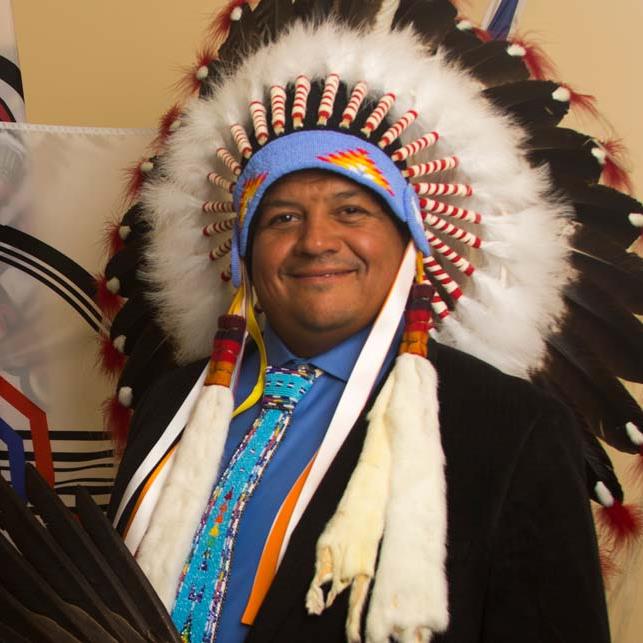
Director
Chief Greg Desjarlais
Chief Desjarlais has 15 years experience working in the oilfield before beginning his career by serving as council for three terms and then becoming elected Chief of Frog Lake First Nation. He is an advocate for own source revenue for First Nations.
Frog Lake First Nation
Frog Lake First Nation has a population of 3300 and located 32 km SE of Bonnyville which is approximately 300 km from Edmonton, Alberta. Frog Lake First Nation has its own local government and a diversity of programs that provide service to the community.
Frog Lake First Nation’s local government consists of six members, 1 Chief and 5 Council members, which are elected every two years by the community eligible voters. The Vision of Frog Lake First Nation Chief and Council is to encourage and support youth programs so that they enhance economic stability of the Frog Lake First Nations. This will be accomplished by effective communications and training and at the same time retain Treaty Rights so that the future generation will maintain the strong culture and language of Frog Lake members.
For more information, please visit www.FrogLake.ca
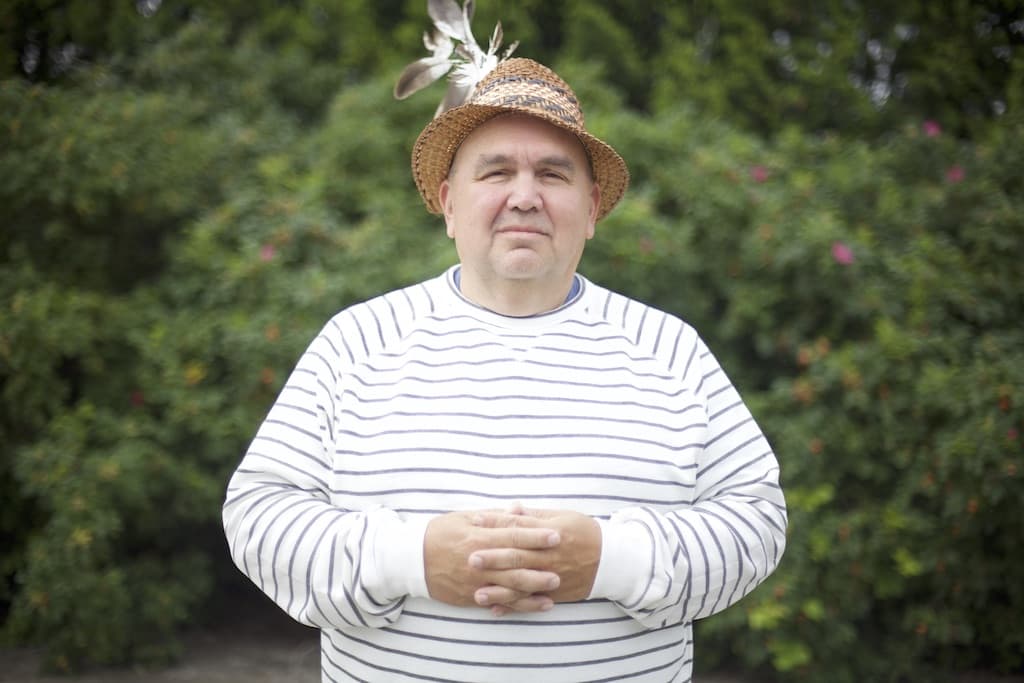
Director
Chief Robert Gladstone
Chief Gladstone is the elected Chief of the Shxwhway Village. Prior to that, he has worked in various capacities from Band Manager to Councillor. He is continuously involved with various committees and boards, including Indigenous Environmental Monitoring Committee, Lower Fraser Fishing Alliance, Indigenous Bloom, Coqualeetza Cultural Education Centre Society and more.
Shxwha:y Band
Shxwhá:y are strong people committed to healthy living and responsible care and use of their lands, waters, territories and resources for the current and future generations.
Shxwhá:y people gain their strength of identity from their Sto:lo cultural heritage, understanding and practicing their traditional values and teachings, and from restoring the use of Halq’emeylem in daily living. Shxwhá:y families engage in respectful and fair community leadership and relationship with others. Shxwhá:y people believe in principled governance that is inclusive, responsible and accessible, transparent in exercising its authorities, and accountable for its financial, program and service performance.
Shxwhá:y well-being is based on understanding, compassion, communication and mutual support for the care of self, the family and the community. Shxwhá:y people will thrive economically, socially, politically and culturally through their unwavering commitment to being the best that they can be.
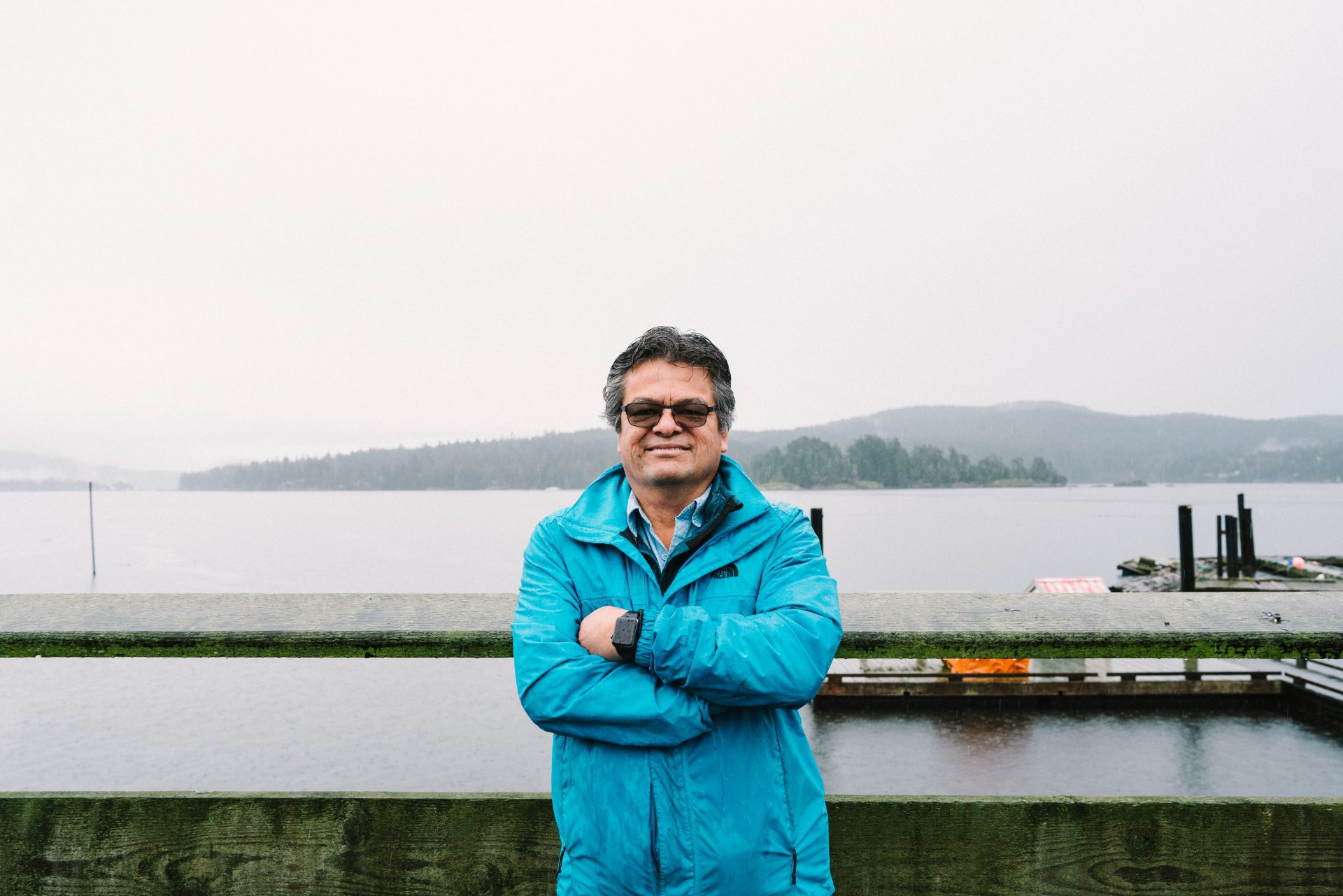
Regional Organizer
Chief Gordon Planes
Chief Planes currently serves as Chief of the T’Sou-ke (SAA-UKE) Nation and has held that role for the last 12 years. He also sits on many boards encompassing the Salish Sea. He has previously been a logger, commercial fisherman, and pipe fitter by trade, in addition to Back Country Operations Manager with Pacific Rim National Parks Reserve. Gordon is a Coast Salish artist and carver, traditional singer, and captain of T’Sou-ke Nation’s traditional dug-out canoes.

Director
Audrey Poitras
Ms. Poitras was the first woman elected President of the Métis Nation of Alberta (MNA) beginning in 1996; she eliminated the organization’s financial debt, balanced the budgets, and began raising the profile of the MNA. She has gone on to become the longest serving President of the MNA, with over 25 years at the helm of the oldest Métis organization in Canada. She’s also overseen the creation of the MNA’s new Métis Centre of Excellence.
Metis Nation of Alberta
Since 1928, the Métis Nation of Alberta (MNA) has governed the Métis within Alberta. Their mandate is tobe a representative voice on behalf of Métis people within Alberta, provide Métis people an opportunity to participate in government policy and, most importantly, promote and facilitate the advancement of Métis people through the pursuit of self-reliance, self-determination, and self-management.
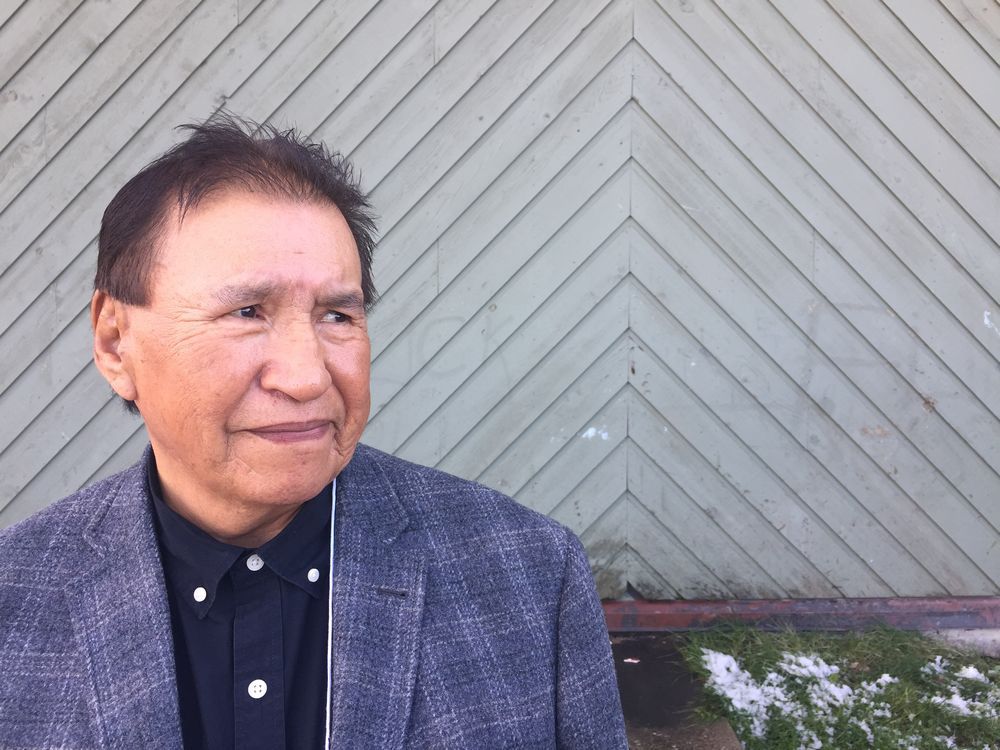
Director
Chief Arthur Rain
Chief Arthur Rain has served as Chief of Paul First Nation since 2016 and as a Councillor four years prior. He has dedicated 21 years of service in the economic development portfolio for Paul First Nation and has been a champion for resource revenue sharing and equity ownership in major projects.
Paul First Nation
Historically, the people traveled over a vast territory from the Hudson Bay to the Rocky Mountains, along the foothills to Montana USA. Allied with the Cree, the Nakoda, acquiring modern tools and goods from the Hudson Bay Company, trekked westward taking part in the fur trade, settling mainly in the Foothils, and the two other groups of Stoney, one of whom became Paul First Nation chose land just North-West of present-day Edmonton, AB.
Paul First nation occupies a tract of land along Wabamun Lake, AB. This land was set aside by the Government of Canada in 1892, and is known as Wabamun Indian Reserve 133A and B. It is situated approximately 70 Km West of Edmonton, AB. The Nation is comprised of 1926 members (INAC 2005 IRS) of which 1110 live on-reserve. Buck Lake 133C (Also a part of the Paul First Nation Lands) largely unoccupied, has a tragic history. The influenza epidemic of 1918 decimated the people with several survivors fleeing to Wabamun, and other Stoney Tribes in the area. Today, the four square mile section land base is used by our people for camping during the winter months, and for picking berries, medicines or hunting in the summertime.
The culture, of the people is nature based and holistically intertwined to ensure adequate conditions for future generations. The world view of the people is to protect nature, and honor all things animate and inanimate. This is the first and foremost priority in the sacred duty owed to creation, passed on from generation to generation using ancient practices for countless millennium. First Nations people, the "people of the earth" view nature as an intricate web whereby everything is sacred and spiritual, each needing the other to survive and thrive. It is our hope that the evolution of man, in time and space, industrial and economic development retains and fosters this world view so that all of creation will be afforded due respect in all areas of activity.
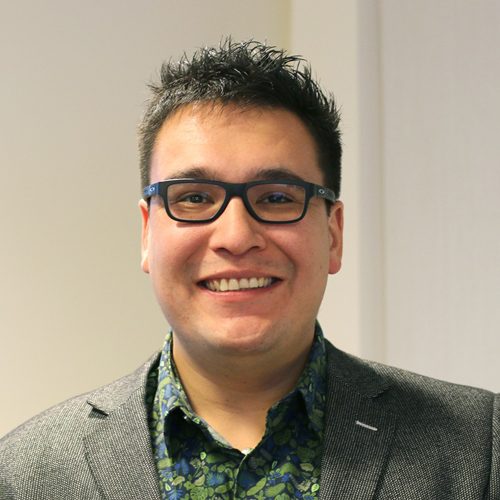
Community Outreach
Joshua Dion
Mr. Dion has worked for Frog Lake Energy Resources Corp and Windtalker Energy Corp for several years. He is also a manager of Indigenous Resource Management, which is a software company that has created a single platform for Indigenous Consultation and Project management. He has his BBA in Finance and Marketing and an MBA in International Business.
